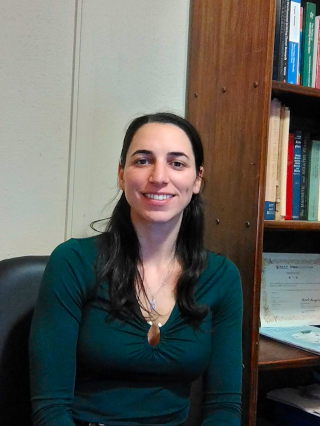Lucía Ferrari: Supernovae and their progenitors from late emission
Wednesday, 29 May 2024 6 p.m. — 7 p.m. MST
Your time:

Gemini North Hilo Base Facility | 670 N A’ohoku Place Hilo, Hawaii, 96720, USA
Supernovae are among the most energetic events in the Universe. An important fraction of them is associated with the collapse of the iron cores of massive stars. Stripped-envelope (SE) SNe show little hydrogen (IIb), no hydrogen (Ib), and no helium (Ic) in their spectra, and the progenitors from which they arise are a matter of discussion, as the former stars must have lost their outer layers through strong mass-loss processes. The nebular phase of SNe spans from months to years after the explosion. The ejected material is sufficiently diluted to allow the photons from the regions near the former stellar nucleus to escape. It provides valuable information about the mass of the progenitor star and possible asymmetries in the explosion. In this talk, I will present my ongoing research on the nebular phase of SESNe, and then focus on the rare case of SN 2019yvr. This SN was initially classified as a Type Ib, and evolved into a IIn-like event at late times, showing signatures of interaction with the circumstellar medium. It also constitutes one of the few SNe of its Type in having progenitor detections on archival HST images. I will present the results of our study, in which we discuss observational evidence of late-time interaction and estimate key quantities such as the CSM inner radius, the mass-loss rate prior to the explosion, and the progenitor pre-SN mass.
For Zoom connection information, please contact Emanuele Paolo Farina (emanuele.farina_at_noirlab.edu).
Back to Gemini north talks.